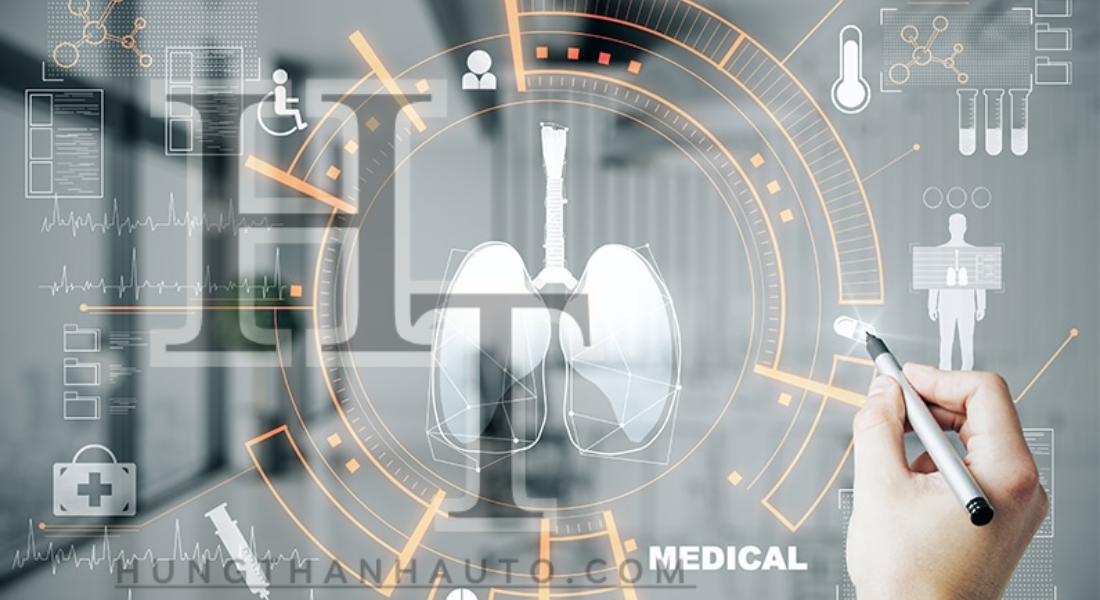The Power of Predictive Analytics in Healthcare: Revolutionizing Patient Care and Medical Outcomes
Introduction
In the modern healthcare landscape, technological advancements continue to evolve at an astonishing pace. One of the most transformative tools making waves is predictive analytics in healthcare. This data-driven technology leverages historical data, statistical algorithms, and machine learning to forecast medical outcomes, helping healthcare providers deliver more accurate and timely care. By predicting patient conditions and improving clinical decision-making, predictive analytics is poised to significantly enhance the quality of healthcare.
This article will delve deep into the impact of predictive analytics on healthcare, exploring its applications, benefits, challenges, and future prospects. Let’s examine how predictive analytics is reshaping the way we approach patient care and medical outcomes.
What is Predictive Analytics in Healthcare?
At its core, predictive analytics in healthcare refers to the use of data, statistical algorithms, and machine learning techniques to identify the likelihood of future events based on historical patterns and data. Healthcare organizations use this technology to predict patient risks, outcomes, and disease patterns, ultimately driving more effective interventions.
By analyzing vast amounts of patient data—ranging from medical records to lifestyle factors—predictive analytics can provide insights that help healthcare providers anticipate issues before they become critical. For example, predictive models can predict the onset of chronic diseases, hospital readmissions, or even potential adverse reactions to medications.
The Role of Predictive Analytics in Patient Care
1. Early Diagnosis and Detection
Predictive analytics can play a pivotal role in early disease detection, which is crucial in managing and preventing chronic conditions. For instance, machine learning models can analyze medical imaging data to identify signs of cancer, heart disease, or neurological disorders at early stages—long before symptoms manifest. Early diagnosis increases the chances of successful treatment and better patient outcomes.
2. Personalized Treatment Plans
Every patient is unique, and a one-size-fits-all treatment approach doesn’t always yield optimal results. Predictive analytics allows for the customization of treatment plans based on individual patient data. By analyzing medical history, genetics, and lifestyle factors, predictive models can recommend the most effective treatment options, reducing unnecessary procedures and improving recovery times.
3. Preventing Hospital Readmissions
Hospital readmissions are a major concern for both healthcare providers and patients. Predictive analytics can identify patients at high risk for readmission and help devise strategies to prevent it. By monitoring variables such as discharge conditions, medication adherence, and post-discharge follow-ups, predictive models can guide healthcare teams in providing proactive care and reducing unnecessary readmissions.
4. Optimizing Resource Allocation
Healthcare resources such as hospital beds, medical staff, and equipment are limited and costly. Predictive analytics helps hospitals forecast demand for these resources based on patient data and trends. By anticipating high-demand periods, healthcare facilities can optimize their resource allocation, ensuring they are prepared for patient surges and minimizing costs.
Key Benefits of Predictive Analytics in Healthcare
1. Improved Patient Outcomes
Predictive analytics empowers healthcare providers with valuable insights that enable them to make more informed decisions. This leads to better-targeted interventions, reducing the likelihood of complications and improving overall patient outcomes. By predicting potential health risks early on, doctors can intervene before conditions worsen, leading to more effective treatments.
2. Cost Reduction
By preventing complications, optimizing treatments, and reducing unnecessary procedures, predictive analytics helps reduce healthcare costs. For example, accurately predicting patient readmissions allows hospitals to avoid additional treatments and extended stays. Furthermore, personalized care reduces the costs associated with trial-and-error approaches in treatment planning.
3. Enhanced Operational Efficiency
Predictive analytics streamlines hospital operations by forecasting patient admissions, surgery schedules, and emergency department visits. This allows healthcare providers to plan ahead, reduce wait times, and minimize bottlenecks in service delivery. As a result, operational efficiency improves, leading to better patient satisfaction.
4. Better Population Health Management
Predictive models can be used to assess population health trends and risks, helping healthcare organizations target prevention efforts more effectively. By identifying at-risk groups, hospitals can implement preventive measures, such as vaccination campaigns or lifestyle programs, to improve community health.
Applications of Predictive Analytics in Healthcare
1. Chronic Disease Management
Chronic conditions like diabetes, hypertension, and heart disease are major contributors to healthcare costs and morbidity. Predictive analytics can monitor patients with chronic conditions, identifying early warning signs of complications. This proactive approach allows healthcare providers to adjust treatments, optimize medications, and prevent the progression of diseases, leading to improved quality of life for patients.
2. Emergency Medicine
In emergency medicine, time is of the essence. Predictive analytics can help doctors anticipate medical emergencies based on patient histories, environmental factors, and symptoms. For instance, predictive algorithms can assess the likelihood of stroke or heart attack based on vital signs and early symptoms, helping clinicians prioritize patients and respond swiftly.
3. Pharmacovigilance
Predictive analytics also plays a critical role in pharmacovigilance, or the monitoring of drug safety. By analyzing patient responses to medications, healthcare providers can predict adverse reactions before they occur, leading to faster interventions and improved drug safety protocols. This helps minimize harm and ensures patients are receiving the most effective treatments.
Challenges of Implementing Predictive Analytics in Healthcare
While the potential of predictive analytics in healthcare is immense, there are challenges that must be addressed to fully harness its power.
1. Data Privacy and Security
Healthcare data is sensitive, and ensuring its security is paramount. The use of predictive analytics requires access to large amounts of patient data, which can raise concerns about privacy breaches and unauthorized access. Healthcare providers must adhere to stringent data protection laws and implement robust cybersecurity measures to safeguard patient information.
2. Data Quality and Integration
For predictive analytics to be effective, it requires high-quality, accurate data. However, healthcare data is often fragmented and stored in various systems, making it difficult to integrate. Poor data quality can lead to inaccurate predictions and unreliable results, undermining the effectiveness of predictive models. Standardizing and cleaning healthcare data is a crucial step in overcoming this challenge.
3. Interoperability Issues
The healthcare industry is notorious for its lack of interoperability between different systems. Predictive analytics often requires data from multiple sources, such as electronic health records (EHR), lab results, and imaging systems. Ensuring these systems can communicate with one another is vital for the success of predictive analytics in healthcare.
The Future of Predictive Analytics in Healthcare
The future of predictive analytics in healthcare is incredibly promising. With advancements in artificial intelligence (AI), machine learning, and big data, the accuracy and scope of predictive models will continue to improve. Healthcare providers will increasingly rely on predictive analytics to personalize treatments, reduce costs, and improve patient outcomes.
One exciting development is the integration of real-time data from wearable devices and mobile health apps. These devices can track vital signs, physical activity, and other health metrics in real-time, providing continuous streams of data that predictive models can analyze to forecast potential health issues. This real-time monitoring could revolutionize preventive care and chronic disease management.
Furthermore, as predictive models become more sophisticated, they will be able to predict complex health scenarios, such as the likelihood of mental health conditions or the development of rare diseases. This will allow healthcare providers to offer more proactive and comprehensive care to patients, preventing conditions before they even manifest.
Conclusion
Predictive analytics in healthcare is not just a passing trend—it is a game-changing technology that has the potential to redefine how we approach patient care and medical outcomes. By leveraging historical data, statistical models, and machine learning, healthcare providers can deliver more personalized, efficient, and cost-effective care. While challenges such as data privacy and integration remain, the continued advancements in technology will ensure that predictive analytics becomes an indispensable tool in improving global healthcare systems.
As the healthcare industry continues to adopt and refine predictive analytics, it is clear that this technology will play a crucial role in shaping the future of medicine, ultimately leading to healthier, more informed, and better-cared-for populations.



